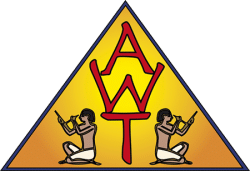University College London 8th and 9th June 2013

The Ancient World Conference for 2013 was opened by Peter Allingham and promised a weekend of varied and exciting talks.
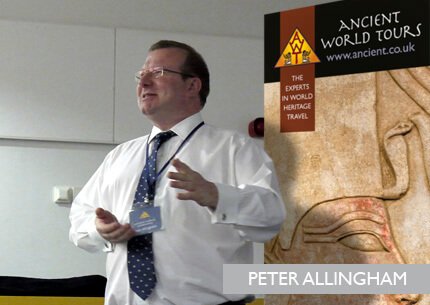
Peter Allingham 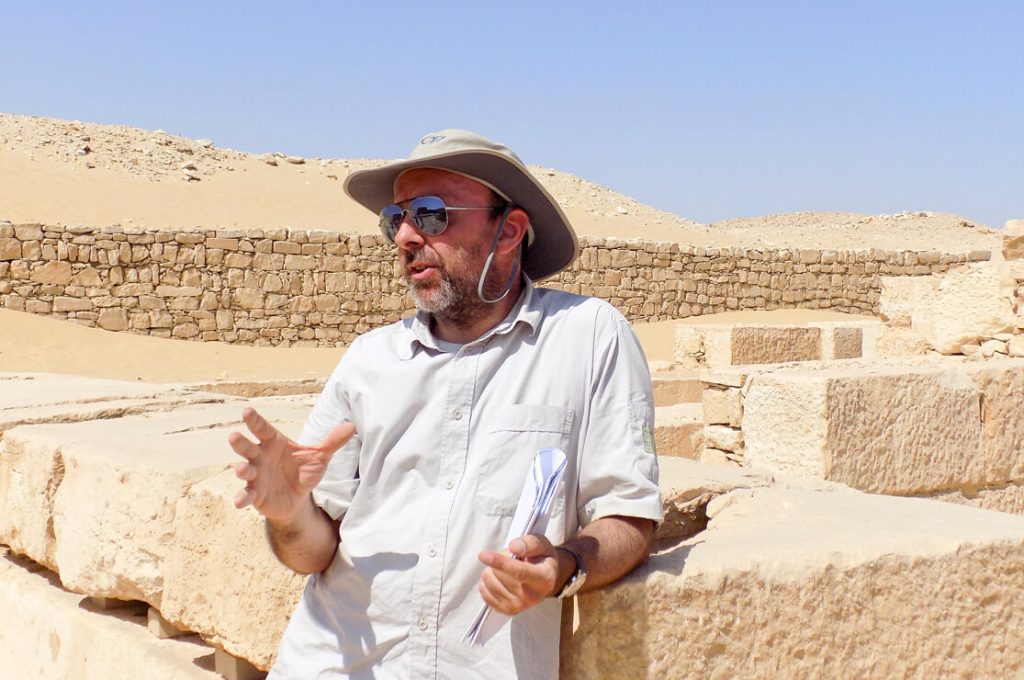
Philippe Collombert 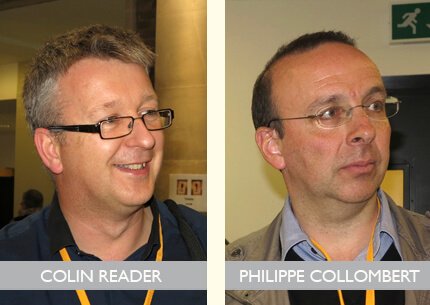
Colin Reader and Philippe Collombert 
The Step Pyramid, Saqqara 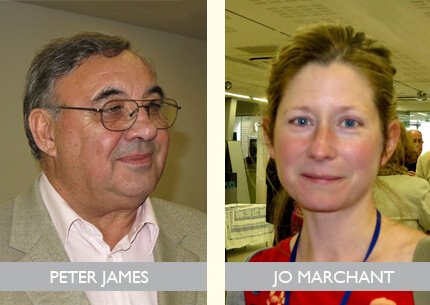
Peter James and Jo Marchant 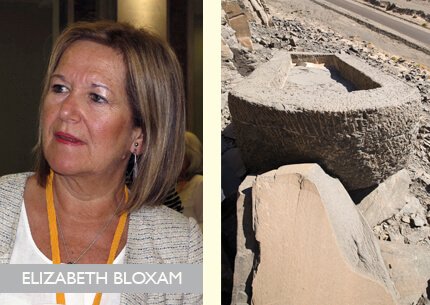
Elizabeth Bloxam – Wadi Hammamat 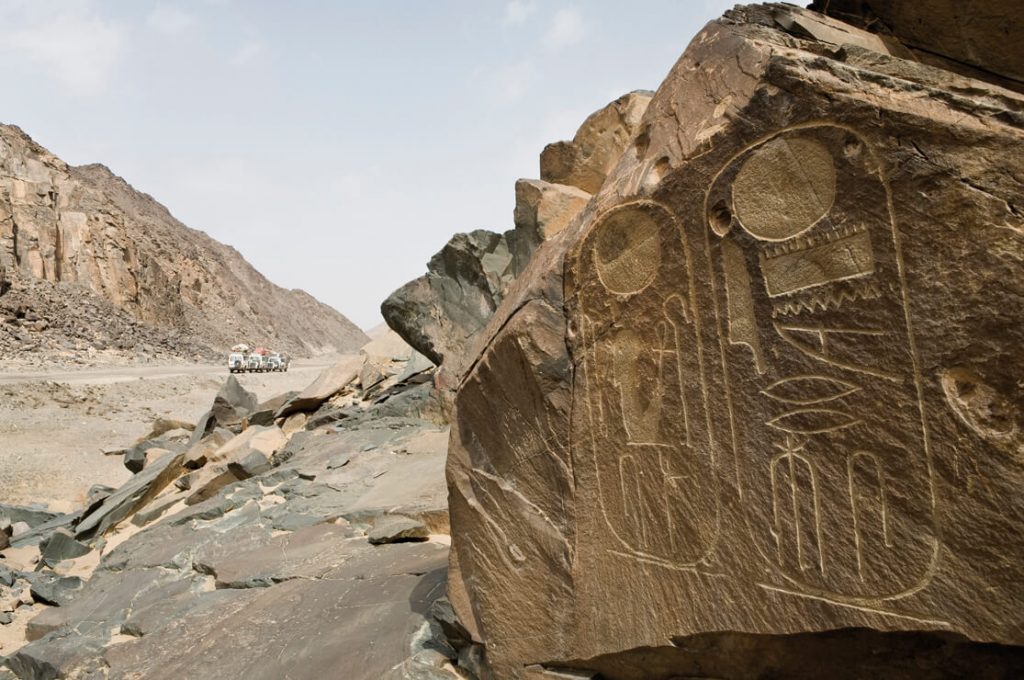
Wadi Hammamat
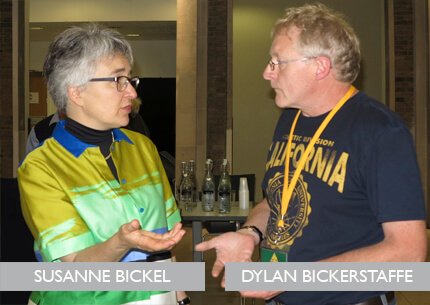
Susanne Bickel and Dylan Bickerstaffe 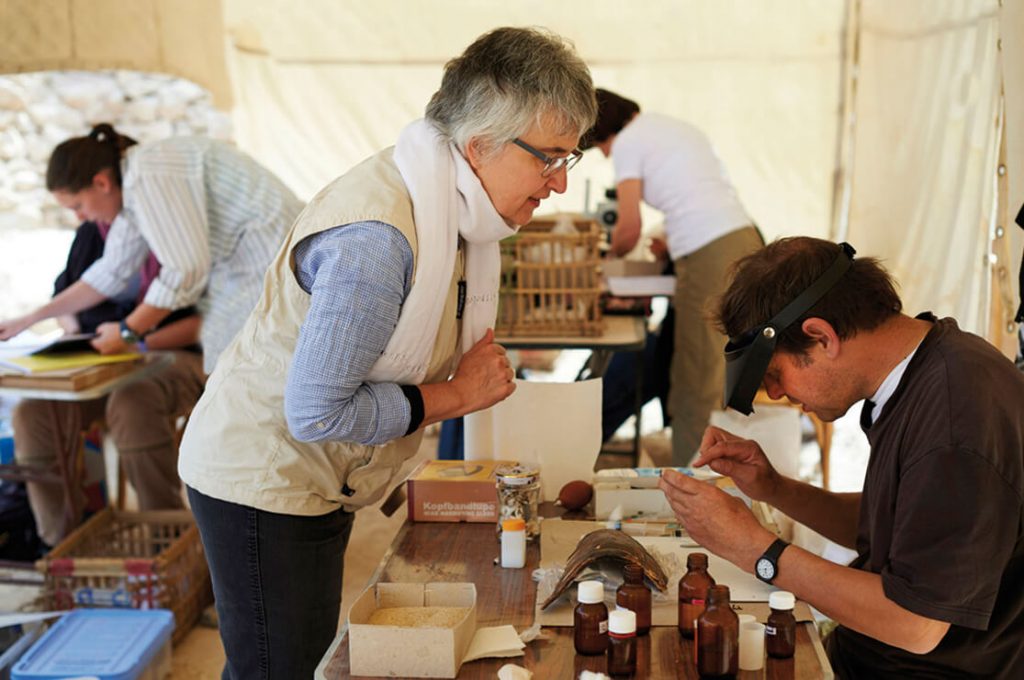
Susanne Bickel 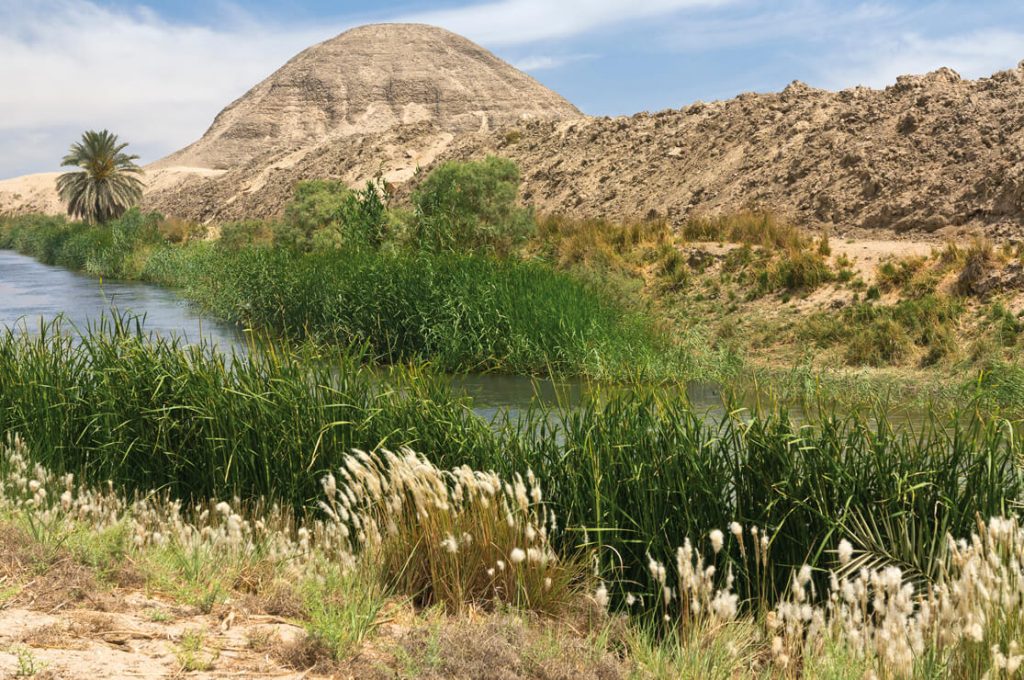
Hawara Pyramid 
Antikythera 
Meidum Pyramid
Philippe Collombert was the first speaker on Saturday morning. He began with a talk entitled New discoveries of the French Archaeological Mission in the Royal Necropolis of Pepy I. Work by the mission in this area has been underway for fifty years and Philippe gave us a background on work carried out in the past and then bought us up to date on the most recent discoveries, which included a new queen’s pyramid and much more. Each season the boundaries extend and we were left with the certain knowledge that there is much more to be done at the site with hopefully many more discoveries to be made.
Andrew Shortland Reader in Forensic Archaeomaterials of Cranfield University gave a lecture reporting on an interesting and innovative project carried out by the universities of Oxford and Cranfield over the last five years or so. The aim of the project was to combine the use of radiocarbon dating with aspects of the Egyptian historical chronology to create independent, scientific dates for the beginning of various periods and reigns within Egyptian history. To do this large numbers of radiocarbon dates were carried out on short-lived plant material which could be accurately dated to within one reign or one dynasty. By combining the dates using Bayesian statistical methods, astonishing accuracy and precision was produced, allowing radiocarbon to have a voice in the distinguishing different historical models for the dating of Kingdoms and Dynasties for perhaps the first time.
The afternoon sessions began with a talk by Peter James The MD of Cintec International who explained he was not an Egyptologist however his talk was a real incite into the concerns on the survival of ancient buildings both in this country and overseas. A Stitch in Time: “Saving the past for the future” work on saving architectural wonders, included the latest news on the work within the Step Pyramid. Peter also showed the work his company has now completed on the beautiful Hibis Temple in Kharga Oasis. We also saw pictures of
the stunning Temple Konark in India, projects in Greece, Kathmandu, UK heritage work and heard about plans to involve UNESCO in a project at the Bent Pyramid of Dahshur.
Elizabeth Bloxam is currently working and surveying in Wadi Hammamat in The Eastern Desert of Egypt and this was a rare chance to learn more about this fascinating area rich in material remains. Many of our conference delegates had visited Wadi Hammamat in the past and it was distressing now to see pictures of some of the damage that has occurred at the site in recent months. Most of us had seen the wonderful inscriptions carved in to the Bekhen stone but Elizabeth bought the ancient working quarry area to life and gave us details of ongoing work. This included plans to try and conserve the history at this vulnerable open site and stop further deterioration.
Dylan Bickerstaffe closed the talks for day one with one of his special subjects The Labyrinth: Clues to Egypt’s greatest lost building. Greek and Roman writers were adamant that The Labyrinth was Egypt’s greatest wonder; as Herodotus said – surpassing even the pyramids. But what sort of building was it, who built it, and why? Dylan told us how he would give us all the evidence he could find, add his own theories while suggesting that clues may be found in surprising, yet familiar places.
To end the day we moved from the Roberts Theatre to South Cloisters and the Japanese Garden where we enjoyed an excellent BBQ. Fortunately although it was quite cool we avoided rain and it was a chance to catch up with old friends and the experts in a more relaxed mode.
Sunday morning we were treated to an opening presentation by Susanne Bickel the Director of the University of Basel, Kings’ Valley Projecct. Discovery of the tomb now known as KV64 containing the mummy of the Chantress of Amun: Nehemes-Bastet is just part of the work undertaken by the team. Susanne talked us through the concession site and gave us all the information on some of the tombs she has now cleared and mapped. We were treated to some movie footage of the actual discovery in KV64 and although Susanne apologised for the amatuer quality of the film every member of the audience was totally gripped and overcome by the scenes on the screen.
Philippe Collombert presented his second talk of the weekend on The Papyrus of Saqqara. Revelations of an unpublished archive from the Old Kingdom.
A few years ago, some fragments of papyrus were found by Philippe in the French Institute in Cairo. We heard how Philippe traced their journey from Saqqara to a cupboard in the French Institute. Although they are in a poor state of preservation, a meticulous study of the fragments has now revealed the importance of these rare documents.
The afternoon session welcomed back Jo Marchant a popular speaker who presented a talk on DNA at our conference in 2011. Jo, a journalist specialising in science and history told us about her research undertaken for the publication of her highly acclaimed book ‘Decoding the Heavens’. The story of the deep roots of modern technology in Ancient Greece, the Islamic world and medieval Europe. The Antikythera Mechanism: Solving the mystery of a 2,000-year-old computer was a fascinating look at a subject many of us had seen on a recently aired TV programme.
Colin Reader was the final speaker of the conference and his subject was Meidum Pyramid – who built it?
Was the pyramid abandoned during construction or are the remains the result of many centuries of stone robbing? Why was Petrie so convinced that there was an older structure buried under the Meidum pyramid, that he fruitlessly tunelled beneath the pyramid to locate it? And what do we really know about who built it? Combining his professional experience in the field of engineering geology with the results of over 200 years of excavation and research by Egyptologists Colin gave us his views on the history of this spectacular site.
At the end of the afternoon Peter thanked all the speakers for joining us and of course the audience for being so attentive.
I am sure everyone there will agree it certainly was a weekend of stimulating and exciting talks. We were indeed privileged to hear about so much new, and in some cases, still unpublished work.

